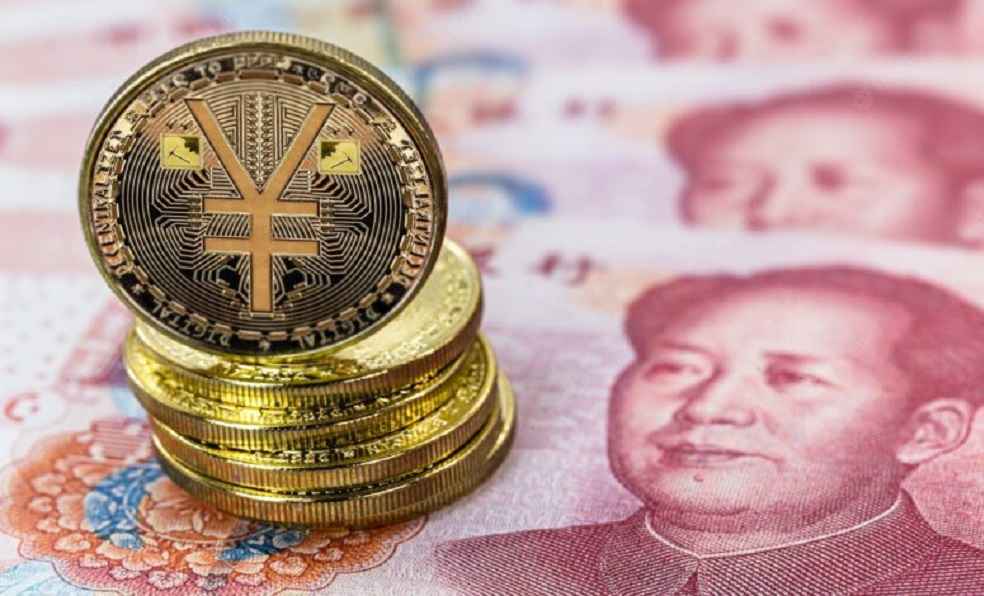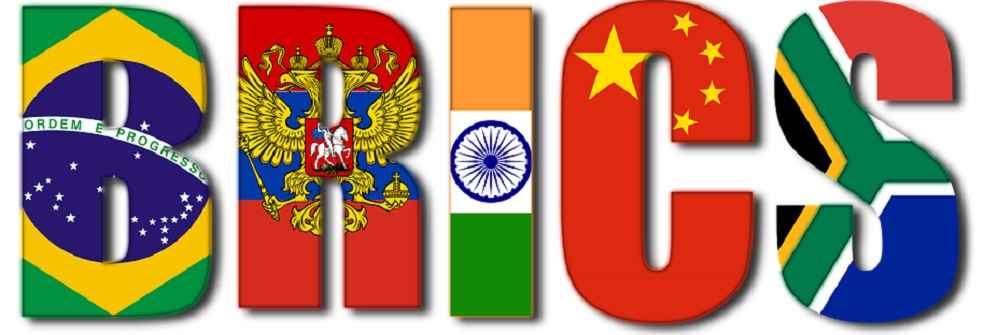The United Arab Emirates (UAE), newly inducted into the BRICS bloc, is leading towards an innovative collaboration with China. This partnership marks a crucial shift in global trade dynamics, pivoting towards the use of local currencies, notably the Chinese yuan.
The UAE’s aspiration to emerge as a global force gains momentum through this enhanced cooperation with China, emphasizing bilateral investments and strategic expansions in the Pacific Islands and Africa. This collaboration pivoting on the yuan for trade transactions, symbolizes a transformative approach in international economics.

This strategy not only cements the economic ties between these nations but also positions the UAE as a pivotal conduit for China’s influence in the Middle East. This development reflects a gradual transition from a Western-centric financial system, signaling the dawn of diversified global economic alliances.
The year 2023 stands as a watershed in BRICS history, with the alliance witnessing monumental geopolitical developments. The drive towards de-dollarization, a core objective of BRICS, is reshaping international trade norms. The UAE’s entry into this alliance, alongside other new entrants such as Saudi Arabia, Iran, Egypt, and Ethiopia, underscores a concerted effort to amplify BRICS’s influence in Africa and other regions.

The UAE’s strategic pivot towards China and the yuan encapsulates its ambition for a more pronounced global presence. This move not only fortifies UAE-China relations but also aligns with BRICS’s larger goal of fostering a multipolar economic landscape. This evolving paradigm potentially heralds a new era in global power balance, with emerging economies assuming more significant roles.
BUSINESS GENERAL | Iran and Tajikistan Trade Aims for €500M Goal: A Regional Economic Leap



